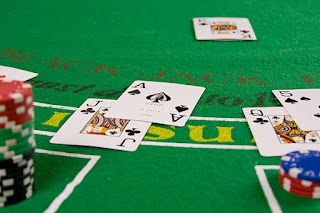Knowing Baccarat Rules - Vital For Playing To Win
The rules for baccarat are more complicated than you might think. There aren't many rules that can be applied to baccarat like the ones you would find to other casino games. You should play baccarat for fun and for the love of chance. Baccarat is all about chance.
Baccarat Objective
Understanding the game's goal is the first step towards understanding it. Blackjack is an example of this. Your goal is to get closer to "21" than your dealer, but not exceed it. If you have cards that total "21", you are likely to win, unless the dealer ties you.
Bandar Live Game Baccarat Baccarat is a game where you try to determine who will win. Instead of betting on who will win, you bet on which hand you think has the winning hand. Baccarat offers the possibility of placing a bet on a tie, which is not possible in blackjack.
Card Values Unique to Baccarat
Baccarat only counts single-digit card values. This means that the values of a Jack, Queen, and King are all counted as zero. On the other hand, an Ace is given a value of 1. The value of an Ace is determined if the sum of all the cards dealt is greater than 10.
The collective value of Baccarat will be 6. This means that a 10, and a 6, will have the combined value of 6. A hand with an Ace and a Jack will have a collective value of 1, while a hand with an Ace or a Jack will have a collective value of 1. Although the valuation of cards can be one of the most challenging baccarat rules, it is the most important for playing for keeps.
Playing Baccarat
You and the bank will initially be dealt two cards each. Under certain conditions, you may choose to take a third one. The third card rule states that if the player chooses not to draw the third, the bank must draw it if their total exceeds 5 and stands at 6 cards or more. If you decide to draw, it becomes a bit more difficult for the bank.
The bank must draw any number of cards regardless of the value it has, if it is less than 3. If the bank's value is less than 4, it must draw another card, if the drawn card is not an 8. If the bank's value is less that 5, it will draw your drawn card if your drawn card is 0, 1, 8 or 9. If your card's value falls below 6, the bank will draw a 4, 5, 6, 7, or 7; if it is a 6 or 7, and your card's value is lower than 7. The bank will remain at 7 regardless.



Comments
Post a Comment